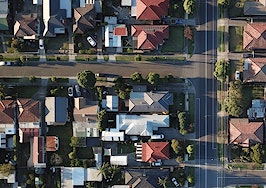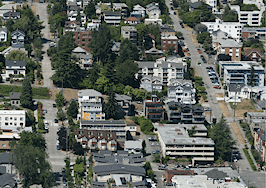Beyond boosting new home construction, housing experts have often said encouraging more homeowners to become sellers is key to solving the inventory crisis. But a new report released by Lending Tree on Thursday shows that owners, especially those in the Northeast, are staying put due to fears about another financial crisis, reduced labor market mobility, and rising mortgage rates that would make purchasing another home too expensive.
Using housing data from 50 largest cities across the United States, Lending Tree determined that the average American homeowner stays in their home for seven years. There is also wide variance depending on the metropolitan area, with a high of 7.54 years in Pittsburgh to a low of 6.36 years in Las Vegas.
Homeowners in the northeast (Pittsburgh, New York and Buffalo) tend to stay in their homes the longest, revealed the report, while homeowners in warmer climates (Las Vegas, Phoenix and Austin) tend to move more frequently. Furthermore, those cities with higher moving rates tend to have an average home price appreciation of 30 percent over three years — a factor that could encourage more selling activity.
“A lack of supply has been a persistent buyers’ challenge in the housing market since the financial crisis,” explained Lending Tree chief economist Tendayi Kapfidze in the report. “The inventory shortage is often attributed to a lack of sufficient new construction, as many home builders left the industry after the crisis, and increasingly expensive labor and materials have reduced the margins on lower-priced homes.”
“There is also a decreased supply of existing homes available for sale, which accounts for a much larger share of the total housing market than new construction,” he added.
See where your city ranks below:
Methodology
To determine the cities with the longest housing tenure, Lending Tree looked at data pulled in December 2018 from the Census Bureau’s American Community Survey. The data includes median home values that they also included in the study. Lending Tree’s definition of cities is from the Census Bureau’s Core-Based Statistical Area (CBSA) boundaries.








